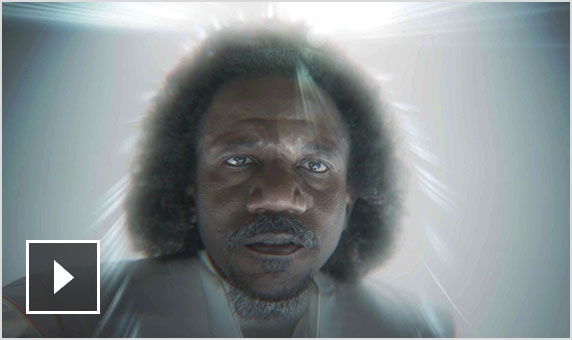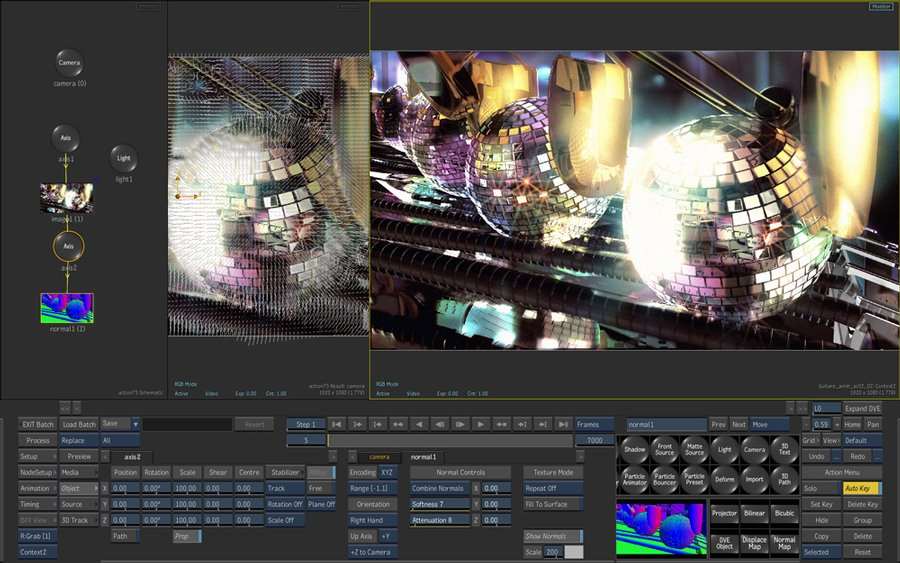
Ultimately this will allow you to output your sequence to the rest of your facility to establish a collaborative workflow for a variety of tasks including VFX shot distribution, media grading, media versioning and much more! This advanced level video covers the sequence publish process as well as detailed explanations as to how each of the options affect the sequence publish.

So when it comes to sequence publishing, media is being source from multiple locations to give you the most comprehensive sequence sharing experience possible. Sharing media can refer to the source media but it can also include any media caching or renders done in Flame. In this extended video we discuss the fundamentals of Sequence Publish for sharing media from Flame to external 3rd party applications.
Aces workflow for autodesk flame update#
Sharing Media with Sequence Publish - Flame 2018.1 Update
Aces workflow for autodesk flame how to#
team is also part of this community and has helped navigate how to maximize use of the new 2019 features Grant Kay’s brilliant tutorials are a gem and a necessity. Newbies are welcome, and the tone is friendly and open-minded. With the Facebook Logik group, I have access to a very active online community with many seasoned and smart Flame artists who are always helpful and insightful. From shooting high-resolution material for HDR productions, to the delivery of square social media in standard-video, to all that must be accomplished and archived for later use in a short time frame. This is a massive challenge for producers, writers and creatives and the postproduction back-end alike. More and more I experience the need to produce high-level video content that must perform consistently across vastly different media platforms. I get much better results compared to my old workflow in legacy video mode and CC/CW nodes. You notice the difference instantly when working with MasterGrade. MasterGrade is ACES optimized with log and lin optimized maths. Flame’s new color management also allows me to work in ACES. Because Flame is all about choices, it takes some time to understand how color management is implemented and how to customize it to your needs. With the Effects Tab and MasterGrade, this changed so much for the better that I now consider Flame as a serious contender in the color correction realm. Flame’s capability to deal with high resolution pictures, and delivery of consistent and predictable results in different color spaces, made this production very easy on the post side.īefore Flame 2019, color grading in Flame was doable and OK but far from what I would consider streamlined. For another project I had to produce content that had to be delivered across multiple mediums. Everything was done in Flame, including sound and broadcast mastering. The 45 minutes of green screen compositing alone could have been a year-long task.

Only Flame’s exceptional speed and workflow options made this job possible. We had about 20 days to edit and finish the 23 clips. Every interview clip was approximately 2:30 minutes, and was shot in front of a green screen. I was recently hired to shoot and finish 23 interviews for an international broadcaster that was an in-depth look at the life of a soccer referee. My broadcast work includes many genres and types.


 0 kommentar(er)
0 kommentar(er)
